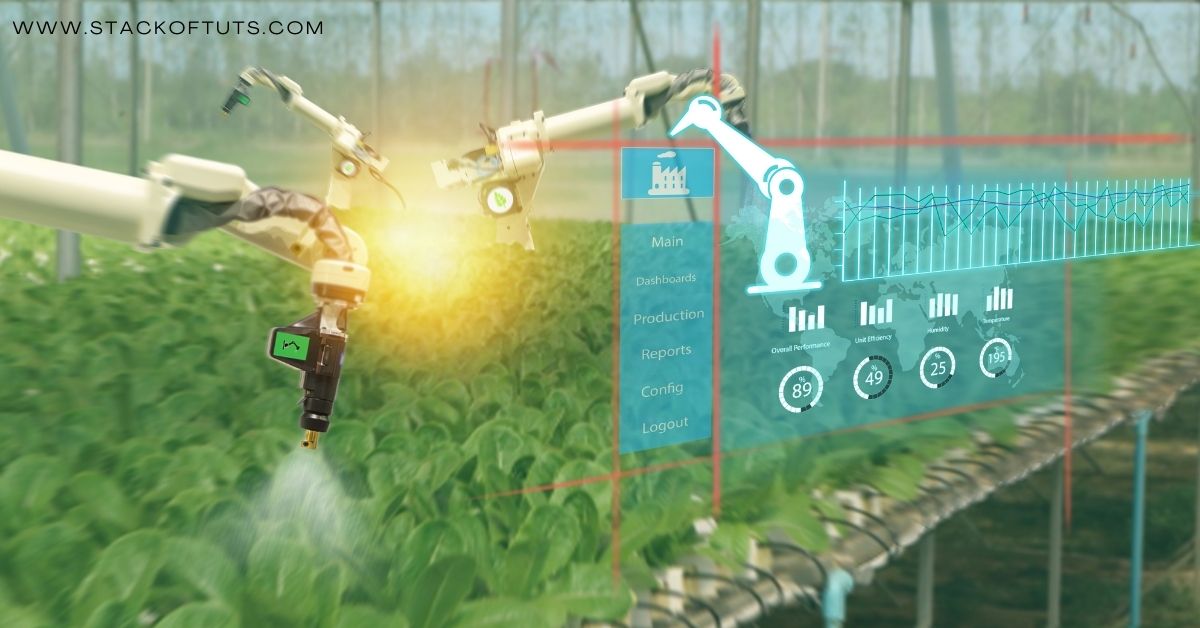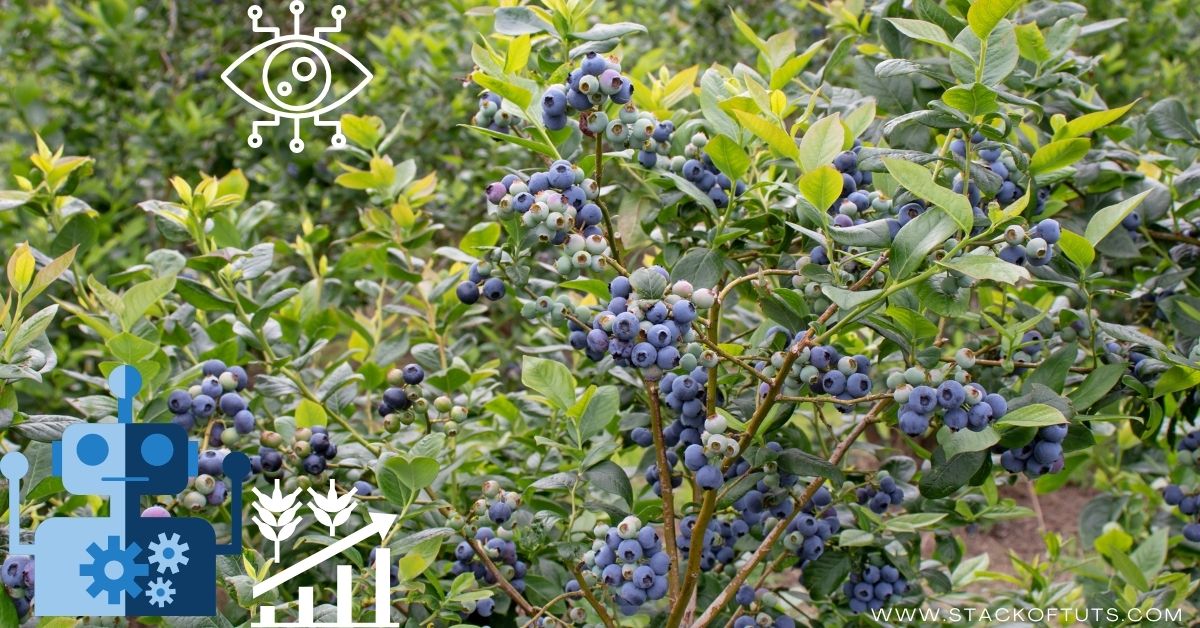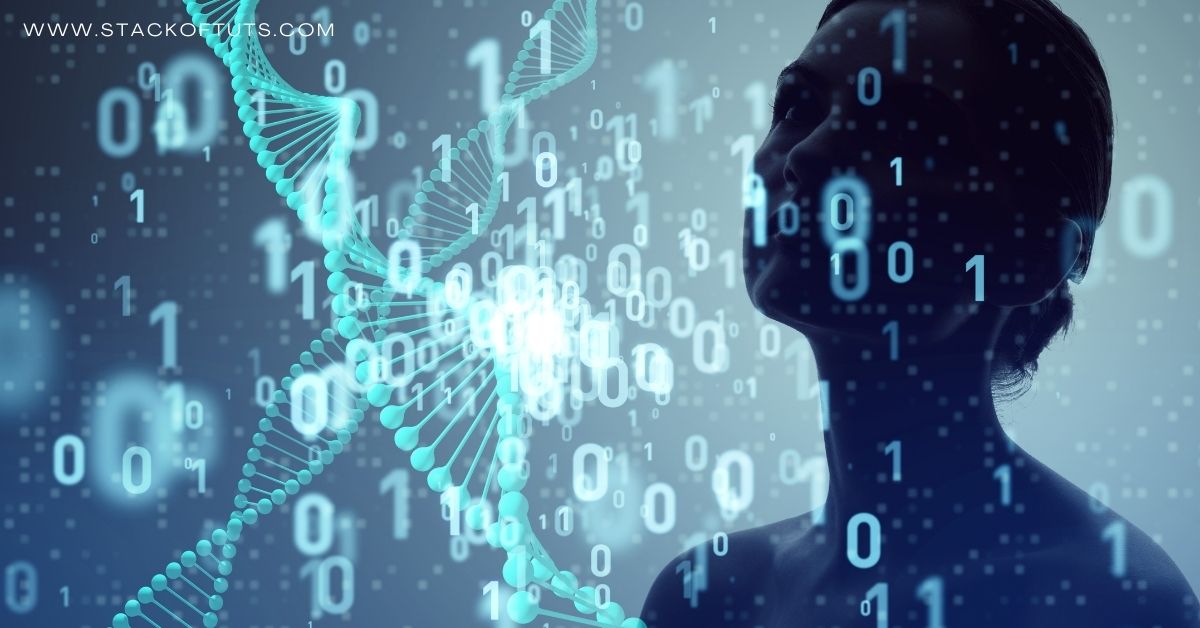
One of the world’s oldest businesses, agriculture, is being revolutionized by the introduction of AI. A new age of high-tech agriculture has developed, promising more efficiency, productivity, and profitability, thanks to the integration of conventional agricultural methods with cutting-edge AI-driven equipment. We are keeping a close eye on the agriculture industry as we see how Revolutionizing Agriculture With Artificial Intelligence brings both potential prospects and problems. However, along with this technical gain comes the possibility of downsides.
For a complete guide also read about Artificial intelligence used in Agriculture dive into this link for exclusive insights and captivating discoveries!”
How Artificial Intelligence is Transforming Farming?

Traditionally, farming relied on manual labor and intuition. Now, advanced AI algorithms analyze vast amounts of data to forecast weather patterns, predict pests, and even determine crop yields. Here’s how we’re observing the transformative effects of AI:
- Precision Farming: Gone are the days when farmers would guess the amount of fertilizer a crop needed. AI-powered drones and sensors now provide precise data on soil health, moisture levels, and nutrient needs. The result? Maximized yields and reduced waste.
- Automated Machinery: Robotic tractors and harvesters now roam our fields. These machines, equipped with AI, can plant seeds, harvest crops, and even sort produce, making the process more efficient.
- Disease and Pest Prediction: AI can now predict outbreaks even before they occur. By analyzing data from multiple sources, AI can forecast pest invasions or disease outbreaks, allowing farmers to take preventive measures.
Benefits of AI in Agriculture
1). Precision Agriculture

With the use of AI-driven drones and sensors, farmers can collect and analyze data about their fields in real-time. This enables precision planting, watering, and fertilizing, ensuring optimal growth conditions and higher yields.
2). Predictive Analytics

By analyzing data from weather stations, satellite images, and sensors, AI can forecast disease outbreaks, pest infestations, or adverse weather conditions. This helps farmers take preventative measures in time, saving crops from potential damage.
3). Automated Tasks

AI-powered robots can perform repetitive duties like pruning, harvesting, and categorizing. This not only reduces labor costs but also increases operations’ productivity and velocity.
4). Resource Optimization

AI is capable of analyzing soil samples to ascertain their quality and nutrient composition. Farmers can make informed judgments regarding irrigation and fertilization, water conservation, and other resources based on these data.
5). Supply Chain and Demand Forecasting

AI can predict market demand, helping farmers decide which crops to plant. This can prevent oversupply or shortages in the market.
6). Enhanced Breeding Programs

Through AI and machine learning, quicker genetic modifications can be made, leading to the development of more resilient and higher-yielding crop varieties.
Risks associated with the use of AI in Agriculture

1). Dependence on Technology

Over-reliance on AI tools might leave farmers vulnerable if these systems fail. A single malfunctioning sensor can give incorrect data leading to potential crop loss.
2). Data Privacy Concerns

Data collected from farms can be highly sensitive. If not properly protected, it can be misused by third parties for commercial advantages or even by competitors.
3). Job Displacement

With automation taking over many manual tasks, there’s a concern about the loss of traditional farming jobs. This might lead to socio-economic challenges in rural communities.
4). High Initial Costs

It may be expensive to implement tools and systems based on artificial intelligence. The divide between large-scale and small-scale farmers may expand if small farmers have difficulty affording to invest in such technology.
5). Environmental Concerns

The increased efficiency and crop yields can also mean more intensive farming, which, if not managed sustainably, can lead to soil degradation and other environmental issues.
6). Ethical Concerns

Ethical concerns may arise from genetic alterations facilitated by AI. For instance, scientists disagree on how genetically modified organisms (GMOs) will affect future generations.
How AI is being used to Revolutionize Agriculture?
Revolutionizing Agriculture With Artificial Intelligence has some specific examples:
- AI-powered drones: Drones can be equipped with cameras and sensors to collect data on crops, such as their health, size, and maturity. This data can then be used to inform farmers’ decisions about irrigation, fertilization, and pest control.
- AI-powered robots: AI-powered robots can be used to perform a variety of tasks on the farm, such as weeding, harvesting, and milking cows. This can free up farmers to focus on other tasks and improve their overall efficiency.
- AI-powered software: There are many AI-powered software applications available to farmers to help them with tasks such as crop monitoring, yield prediction, and pest and disease detection. These applications can help farmers to make better decisions about their farming operations and improve their bottom line.
FAQs
AI in agriculture enhances crop yields, predicts disease outbreaks, and optimizes resource usage, ushering in a new era of efficient farming.
AI in smart agriculture streamlines operations facilitates precise irrigation and fertilization, and aids in early disease detection, ensuring healthier crops and sustainable farming.
AI in agriculture is most popularly used for precision farming, pest and disease prediction, and automated irrigation systems, transforming traditional practices into tech-driven solutions.
AI in agriculture faces challenges like data collection variability, high initial investment costs, and integrating technology with traditional farming practices, requiring holistic strategies for effective adoption.
Conclusion
In conclusion, Revolutionizing Agriculture With Artificial Intelligence has the potential to greatly enhance agricultural practices, bringing forth unprecedented levels of production and efficiency, it is crucial to navigate its integration thoughtfully. Balancing the benefits with the inherent risks ensures that the adoption of AI in agriculture leads to sustainable and beneficial outcomes for all stakeholders involved.
Thanks!





